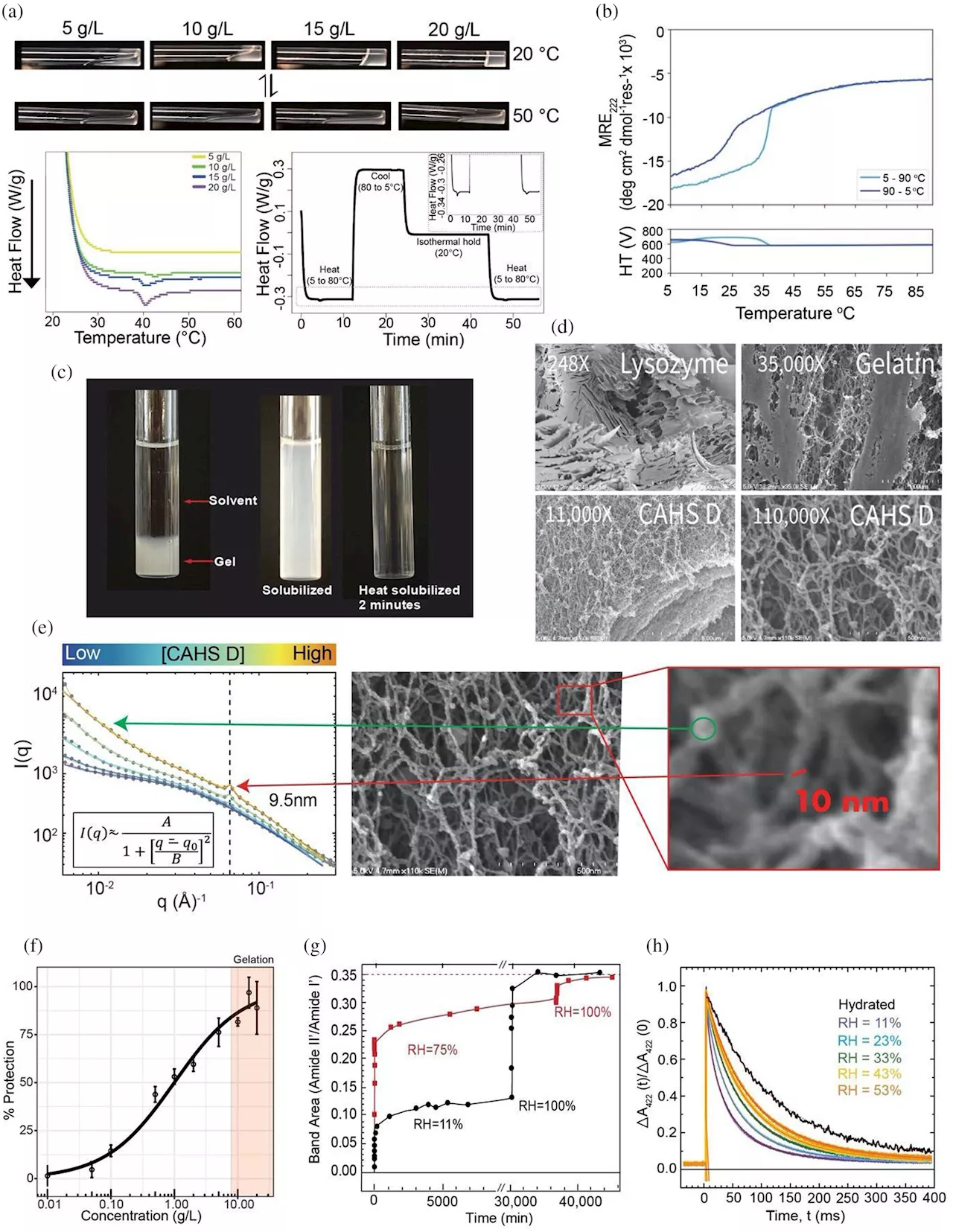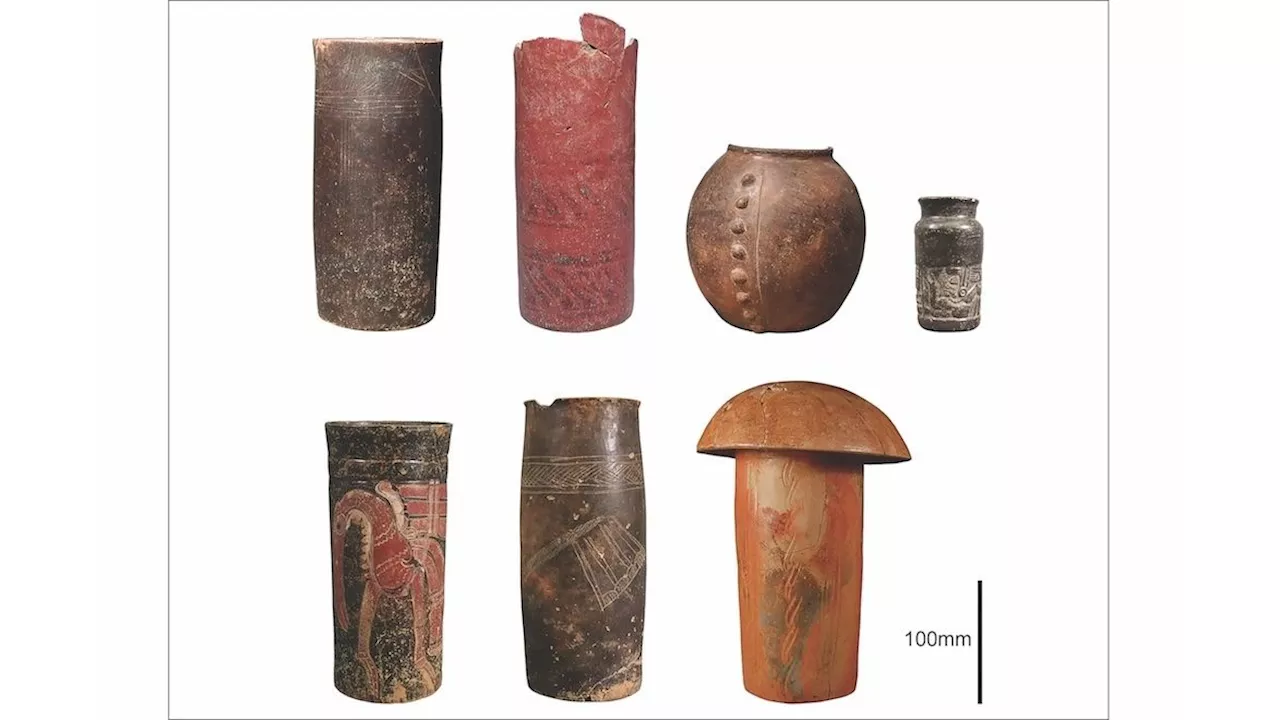Jennifer Nalewicki is a Salt Lake City-based journalist whose work has been featured in The New York Times, Smithsonian Magazine, Scientific American, Popular Mechanics and more. She covers several science topics from planet Earth to paleontology and archaeology to health and culture. Prior to freelancing, Jennifer held an Editor role at Time Inc.
Proteins found in tiny, indestructible tardigrades could potentially be a key ingredient in slowing the aging process in humans, scientists claim. However, it will take more work to show these proteins are a veritable fountain of youth — for now, the researchers have only early hints from lab-dish experiments..
For the study, researchers focused on a tardigrade protein called CAHS D, which transforms into a gel-like consistency when introduced to human cells. By submitting your information you agree to the Terms & Conditions and Privacy Policy and are aged 16 or over.Scientists think this new finding could eventually be harnessed to make lifesaving treatments available to people in locations where refrigeration is unavailable and to improve the storage of cell-based therapies.
Amazingly, the researchers also found that the entire process is reversible, meaning the cells' metabolism can reset back to normal after slowing.
United States Latest News, United States Headlines
Similar News:You can also read news stories similar to this one that we have collected from other news sources.
 Artists wanted as Salt Lake City looks to 'wake' the Great Salt LakeArtist submissions are now open for a massive temporary public art project that seeks to bring attention to the recent issues of the Great Salt Lake.
Artists wanted as Salt Lake City looks to 'wake' the Great Salt LakeArtist submissions are now open for a massive temporary public art project that seeks to bring attention to the recent issues of the Great Salt Lake.
Read more »
 Researchers show that introduced tardigrade proteins can slow metabolism in human cellsUniversity of Wyoming researchers have gained further insight into how tardigrades survive extreme conditions and have shown that proteins from the microscopic creatures expressed in human cells can slow down molecular processes.
Researchers show that introduced tardigrade proteins can slow metabolism in human cellsUniversity of Wyoming researchers have gained further insight into how tardigrades survive extreme conditions and have shown that proteins from the microscopic creatures expressed in human cells can slow down molecular processes.
Read more »
 Researchers show that introduced tardigrade proteins can slow metabolism in human cellsTardigrade proteins are potential candidates in technologies centered on slowing the aging process and in long-term storage of human cells.
Researchers show that introduced tardigrade proteins can slow metabolism in human cellsTardigrade proteins are potential candidates in technologies centered on slowing the aging process and in long-term storage of human cells.
Read more »
 Kyle Baker's Tardigrade, Deathcathlon & Fine Art Gallery For FreeKyle Baker is a master cartoonist, both in writing and art.
Kyle Baker's Tardigrade, Deathcathlon & Fine Art Gallery For FreeKyle Baker is a master cartoonist, both in writing and art.
Read more »
 1,000-year-old vessels found in Guatemala held tobacco possibly used as 'narcotics to induce deep sleep, visions and divinatory trances'Jennifer Nalewicki is a Salt Lake City-based journalist whose work has been featured in The New York Times, Smithsonian Magazine, Scientific American, Popular Mechanics and more. She covers several science topics from planet Earth to paleontology and archaeology to health and culture. Prior to freelancing, Jennifer held an Editor role at Time Inc.
1,000-year-old vessels found in Guatemala held tobacco possibly used as 'narcotics to induce deep sleep, visions and divinatory trances'Jennifer Nalewicki is a Salt Lake City-based journalist whose work has been featured in The New York Times, Smithsonian Magazine, Scientific American, Popular Mechanics and more. She covers several science topics from planet Earth to paleontology and archaeology to health and culture. Prior to freelancing, Jennifer held an Editor role at Time Inc.
Read more »
 Remains of 7th-century Saxon town discovered under central LondonJennifer Nalewicki is a Salt Lake City-based journalist whose work has been featured in The New York Times, Smithsonian Magazine, Scientific American, Popular Mechanics and more. She covers several science topics from planet Earth to paleontology and archaeology to health and culture. Prior to freelancing, Jennifer held an Editor role at Time Inc.
Remains of 7th-century Saxon town discovered under central LondonJennifer Nalewicki is a Salt Lake City-based journalist whose work has been featured in The New York Times, Smithsonian Magazine, Scientific American, Popular Mechanics and more. She covers several science topics from planet Earth to paleontology and archaeology to health and culture. Prior to freelancing, Jennifer held an Editor role at Time Inc.
Read more »
